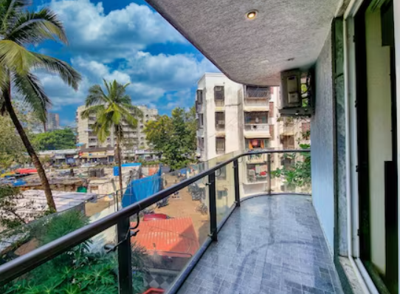
Urban design guidelines shape how cities grow by determining how new developments interact with their surroundings. These rules, issued by municipalities, regulate elements like building height, massing, setbacks, and streetscape character. They aim to ensure visual harmony, accessibility, and sustainability. For property owners and developers, understanding these guidelines is crucial because they directly influence what can be built and, consequently, what a property is worth.
For those exploring opportunities in the urban core, such as condo rentals Toronto, design guidelines play a pivotal role in determining where and how high-quality developments can take shape. These standards influence not only the aesthetics of neighborhoods but also long-term asset appreciation, infrastructure value, and livability.
Defining Urban Design Guidelines
Urban design guidelines are policy tools that translate a city’s planning vision into measurable form-based standards. They govern the physical relationship between buildings, streets, and open spaces. Unlike zoning bylaws that specify density and land use, design guidelines focus on qualitative elements that affect the user experience, such as façade articulation, pedestrian access, and landscape integration.
Municipalities use them to promote cohesive growth, mitigate the impact of intensification, and align private development with public realm objectives. In many cities, development applications must demonstrate compliance with these guidelines before site plan approval, making them a critical step in valuation and project feasibility.
Design Influence on Site Valuation
A parcel’s value is partially determined by what can be developed on it. Design guidelines affect this by defining buildable area, façade orientation, and the proportion of space devoted to setbacks, green zones, or pedestrian corridors. These constraints can reduce a site’s gross floor area potential, but compliance can also enhance value by ensuring marketability and alignment with future urban infrastructure.
In premium corridors, properties that meet urban design criteria often command higher prices because they signal development readiness. Conversely, sites requiring extensive redesign or variances to meet guidelines may face devaluation due to added planning risk and delays.
Legal and Regulatory Implications
Developers must navigate an intricate process of urban design review. Non-compliance can result in deferrals, additional studies, or redesign costs. Legally, design guidelines function as quasi-regulatory instruments—they are not always binding, but many municipalities integrate them into official plans, giving them enforceable weight. Appeals may be possible, but they often hinge on demonstrating that proposed deviations serve broader community goals.
For investors, understanding these nuances is vital. A misinterpretation of guideline flexibility can lead to acquisition mispricing or project underperformance. Legal counsel specializing in municipal and land-use law is often engaged early to assess compliance risk.
Economic Impact on Developers and Municipalities
Urban design guidelines also serve as tools for balancing development incentives with public benefit. Developers who adhere to or exceed these standards may gain access to density bonuses or expedited approvals. Municipalities benefit from improved public spaces, better pedestrian connectivity, and sustainable urban form.
However, the financial burden of compliance—such as requirements for green roofs, step-backs, or enhanced streetscapes—can increase construction costs. This affects the residual land value and influences whether a project remains economically viable. When guidelines are overly restrictive or inconsistently applied, they may deter investment or push developers toward less constrained jurisdictions.
Market Perception and Long-Term Value
From a market standpoint, well-implemented urban design guidelines enhance neighborhood reputation. Consistent design language across districts attracts buyers, renters, and investors by reinforcing identity and predictability. This, in turn, drives long-term appreciation. Poorly enforced or fragmented guidelines, on the other hand, lead to visual disunity and uneven property values.
For institutional investors, urban design compliance is increasingly viewed as a form of risk mitigation. Properties located in areas with strong, well-administered design frameworks often outperform those in unregulated zones due to better resilience to policy shifts and environmental standards.
Urban design guidelines represent more than aesthetic direction—they are strategic tools shaping property value, risk, and community impact. For stakeholders engaged in acquisition, development, or leasing, understanding these frameworks is essential for sound investment decisions. As cities continue to densify, the alignment between design policy and market reality will remain a determining factor in sustainable growth and site valuation.


(0) comments
We welcome your comments
Log In
Post a comment as Guest
Keep it Clean. Please avoid obscene, vulgar, lewd, racist or sexually-oriented language.
PLEASE TURN OFF YOUR CAPS LOCK.
Don't Threaten. Threats of harming another person will not be tolerated.
Be Truthful. Don't knowingly lie about anyone or anything.
Be Nice. No racism, sexism or any sort of -ism that is degrading to another person.
Be Proactive. Use the 'Report' link on each comment to let us know of abusive posts.
Share with Us. We'd love to hear eyewitness accounts, the history behind an article.